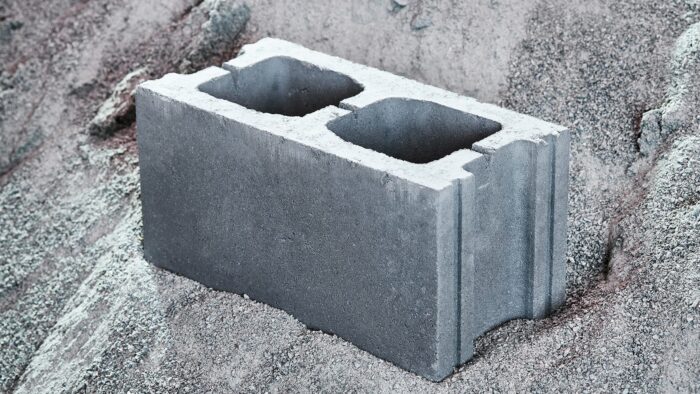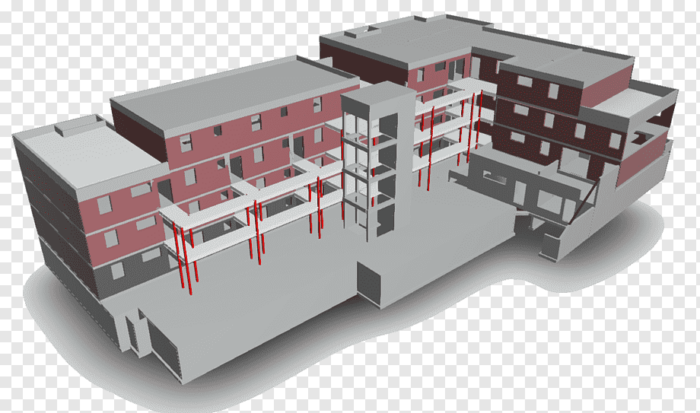
The construction and architecture industries rely heavily on technology for innovations and improvements. Here you will find seven technological advances that are revolutionizing how buildings are designed, built, and maintained.
1. Building Information Modeling
If there is one technology that is transforming the architecture, engineering, and construction industries simultaneously, it is Building Information Modeling. First, it creates a multi-dimensional model of buildings, increasing opportunities for prefabrication and modularization.
Projects completed with BIM construction are often built to a higher quality than others. Additionally, there is a significant saving of time and resources, making it a more efficient process for building large-scale projects.
2. Drones

Drones have been used in the construction industry for many years. However, newer technologies advance what these machines are capable of. In turn, they are proving more valuable to construction engineers.
Take a look at some of the ways that drones are making a name for themselves in construction:
- Aerial site evaluations — Images provided by drones include the mapping of features and GPS coordinates. They can be used for surveys, topographic analysis, and the generation of 3D maps.
- Security — Drones can monitor construction sites and equipment easier and more efficiently than human personnel. They are frequently used to observe sites after hours, track equipment, and observe natural hazards from a safe distance.
- Progress monitoring — Some construction sites are difficult to monitor from the ground. For example, they could be in a remote location, or safety concerns could limit access. In these cases, drones are excellent tools for getting an up-close look at the progress and any potential problems.
3. 3D Printing
3D printing, once limited to small objects and medical devices, is rapidly evolving into a technology that can revolutionize the construction industry. This cutting-edge technology allows for the creation of entire buildings in a matter of days, while also enabling the development of innovative components for traditional structures.
Large-Scale Building Construction:
With the advent of massive printers, 3D printing is increasingly being used for large-scale building construction. These printers work by depositing layers of specialized concrete or other materials based on a digital model. This process offers several advantages, including reduced construction time, cost-effectiveness, and enhanced design flexibility. It also allows for the construction of complex architectural shapes that would be challenging to achieve through conventional methods.
Innovative Components for Traditional Structures:
While the use of 3D printing for complete buildings is gaining traction, its application in developing innovative components for traditional structures is more prevalent. Architects and engineers are leveraging 3D printing to create custom-made building components, such as intricate facades, ornamental features, and structural elements. This approach combines the precision of digital design with the efficiency of additive manufacturing, resulting in unique and visually stunning architectural elements.
Benefits and Challenges:
The adoption of 3D printing in construction brings several benefits, including reduced material waste, improved sustainability, and increased construction speed. Additionally, the ability to produce components on-site eliminates transportation costs and logistical challenges. However, challenges such as regulatory approvals, material development, and the need for skilled operators and technicians still need to be addressed for widespread adoption of 3D printing in construction.
4. Innovative Building Materials

Technology has made numerous new and emerging building materials possible. Many of them are more eco-friendly and offer efficiency benefits compared to their traditional counterparts.
A perfect example of advances in materials is self-healing concrete. It contains special fibers that secrete a liquid when damaged. This, in turn, patches cracks in the concrete. As a result of its self-healing capabilities, there will be lower costs associated with the maintenance and repair of buildings made with this concrete.
Some additional examples include artificial spider silk and carbon-sequestering concrete blocks. Many of these materials are still in the development and testing stages, but they offer great promise for the future.
5. Increased Modularization
Modular construction has been recognized for its cost-effectiveness and efficiency, but its application was traditionally limited to pre-planned designs. However, with the advancement of design modularization, the construction industry is experiencing a significant technological leap.
This progress enables projects to proceed steadily and predictably, irrespective of weather conditions or other disruptions. By breaking down building components into modules, each element can be manufactured under ideal conditions, minimizing human errors and ensuring high-quality construction. The controlled environment of modular assembly also reduces the impact of external factors on the construction timeline, leading to improved efficiency and timely project completion.
Design modularization opens up new possibilities for customization and scalability while maintaining the benefits of modular construction. It allows for greater flexibility in design and facilitates the integration of advanced technologies and sustainable practices. With the ability to adapt modular components to various building types, this innovation expands the reach of modular construction beyond specific home models, making it a viable option for a wide range of construction projects.
6. Digital Twins

A digital twin is an entirely digital mock-up of a planned building. It accounts for every variable and building condition, which provides valuable information about how a proposed building will operate in real-world situations. This can be used to avoid potential pitfalls, accommodate for extreme weather conditions, and create more comfortable and efficient spaces.
Digital twins have another advantage in that they reduce the likelihood of surprise changes being needed during construction. These can (and usually do) translate into lengthy delays and massive increases in project costs. By identifying potential problems, a digital twin lets you make necessary engineering and design changes before construction begins.
7. Robotics
Robots bring many of the same benefits to construction that they do to other industries. They provide reliable, precise, and accurate results on every job. They could solve the growing lack of qualified construction workers available for large-scale projects.
The construction industry has embraced technology. Advances such as innovative materials, modeling platforms, and the creative use of drones allow buildings to be designed and built safer and more efficiently.
















